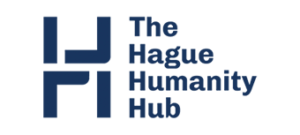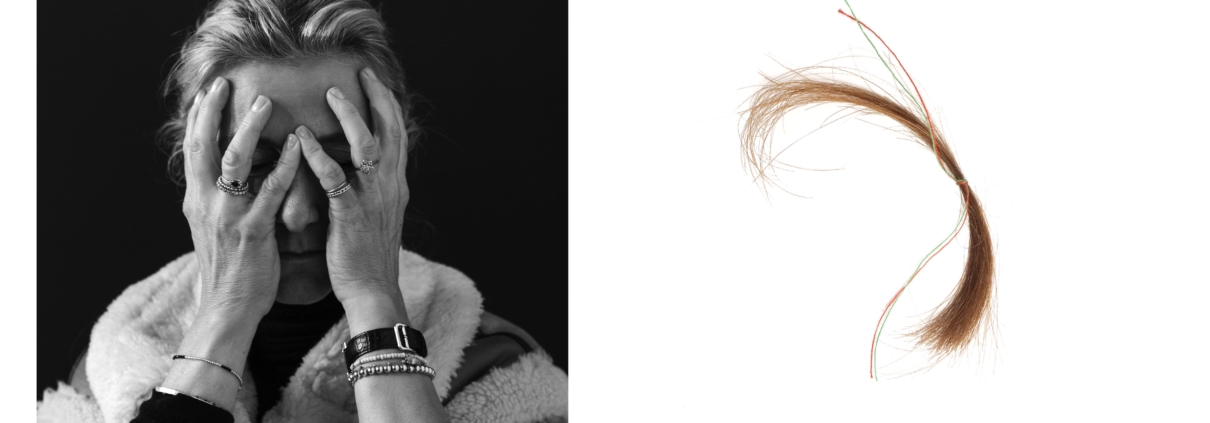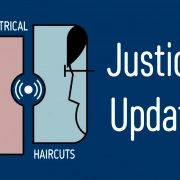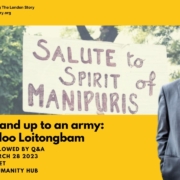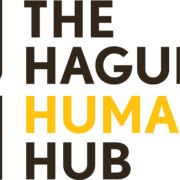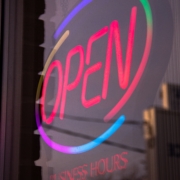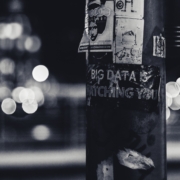Digital Art Exhibition: “Exposure, Solidarity, Resistance: Photographing the Daily Life of Human Rights”
By Sarah Bumberger
The Hague Humanity Hub is honoured to be working with the TMC Asser Institute and the Royal Academy of Arts in The Hague (KABK) on the opening of “Exposure, Solidarity, Resistance”, a thought-provoking series of images by artists from the KABK that reflect on human rights and highlight the strength, vulnerability and diversity of The Hague’s inhabitants. For this, the Asser Institute and its human rights experts teamed up to help students explore this close relationship between photography and human rights.
To make the different artworks visible to everyone living in the Netherlands and beyond, we’ve put together a digital art exhibition that you can click through. We hope you enjoy looking at the different aspects of the relationship between photography and human rights.
Firstly, though, check out this introductory video featuring the photographers themselves:
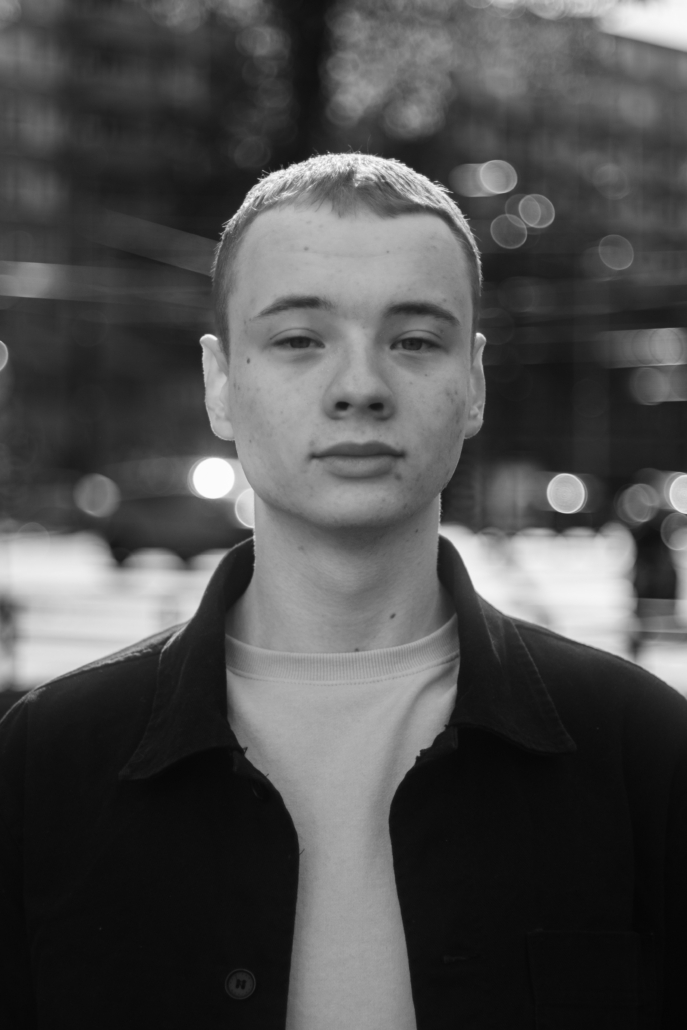
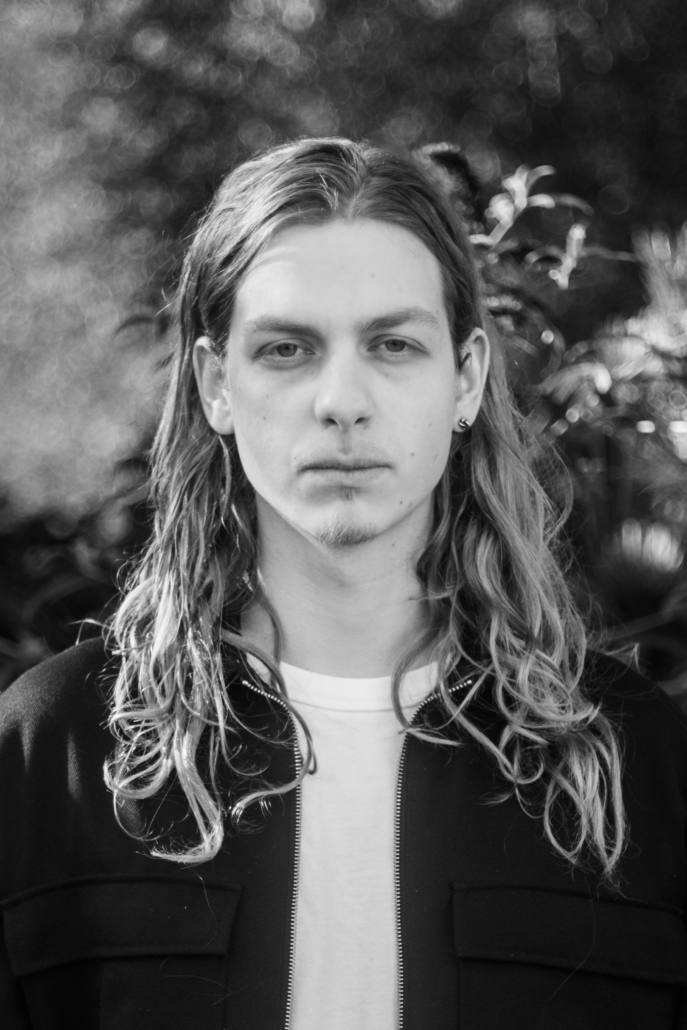
‘No internationals’ by Densley Annastatia
Which student has more chance for housing? With this question I want to raise awareness of difficulties that international students encounter when looking for housing in The Netherlands. I’m showing two different students who deserve to have the same rights when it comes to housing but yet one has more chance of getting a room. This could be seen as a violation of art.1 right to equality.
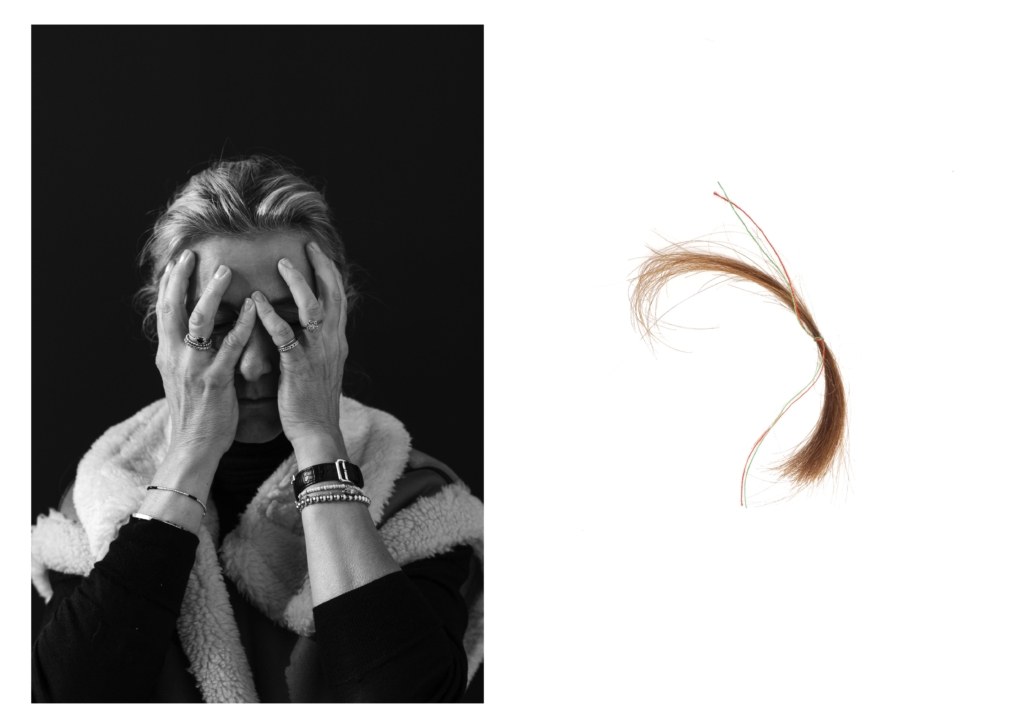
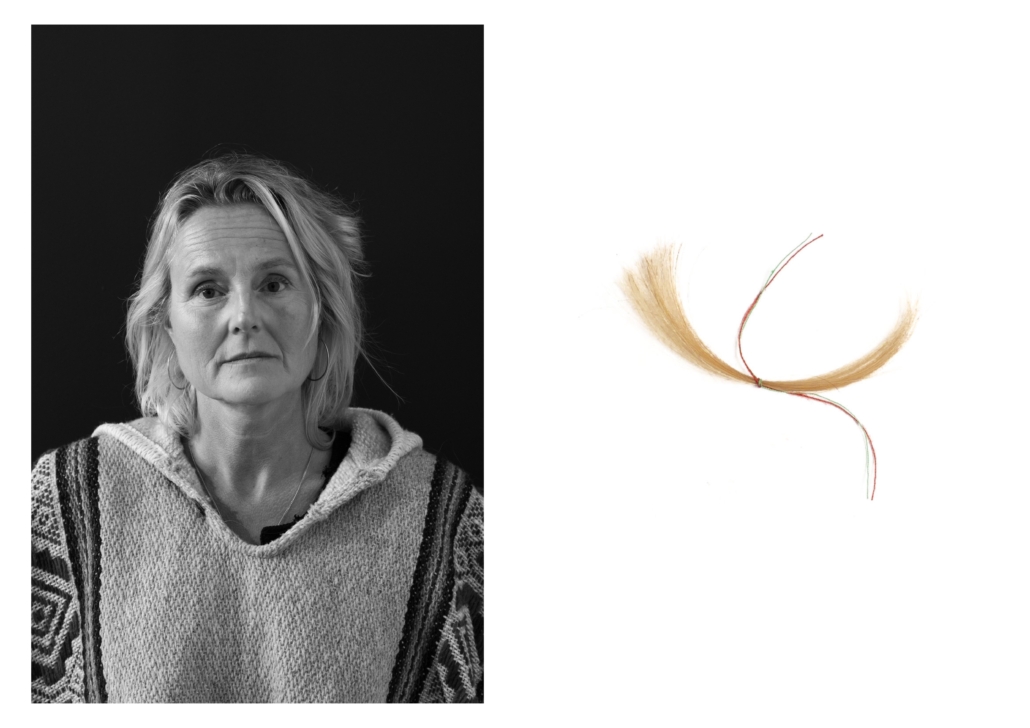
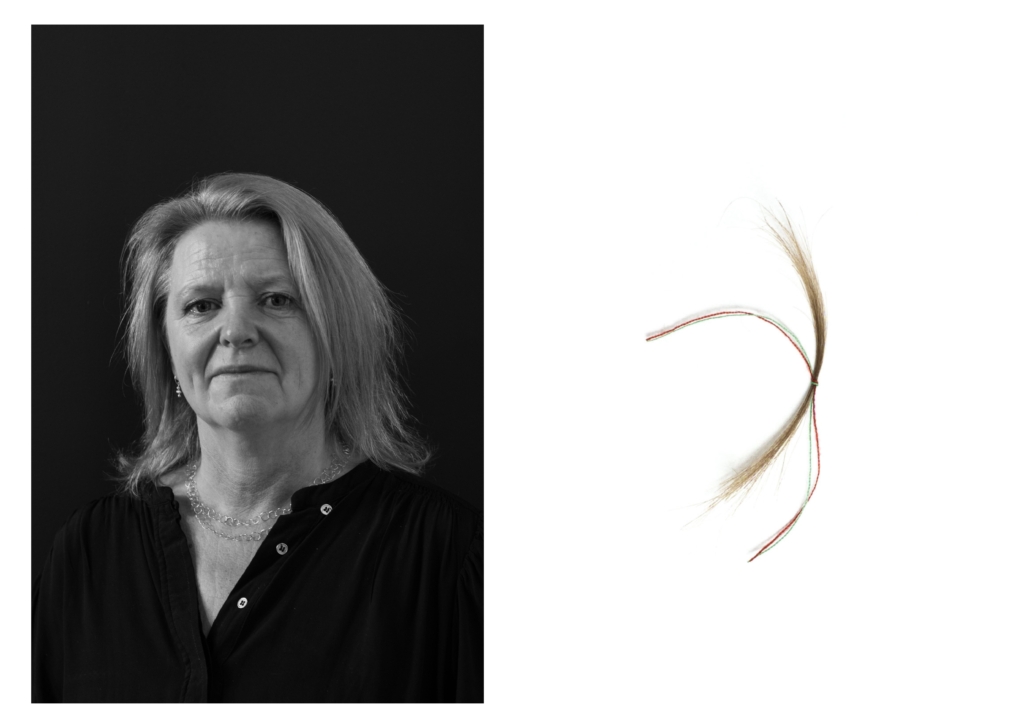
#AMINI by Jade Kievits
To what extent does our hair make us who we are? Women all over the world the world are cutting their hair in solidarity with Iranian Mahsa Amini, who died after being detained by the morality police in Tehran. A strand of hair as a symbol for women to unite, empower and rise against the ones who violate their human rights; all are equal before the law and are entitled without any discrimination to equal protection of the law (article 7).
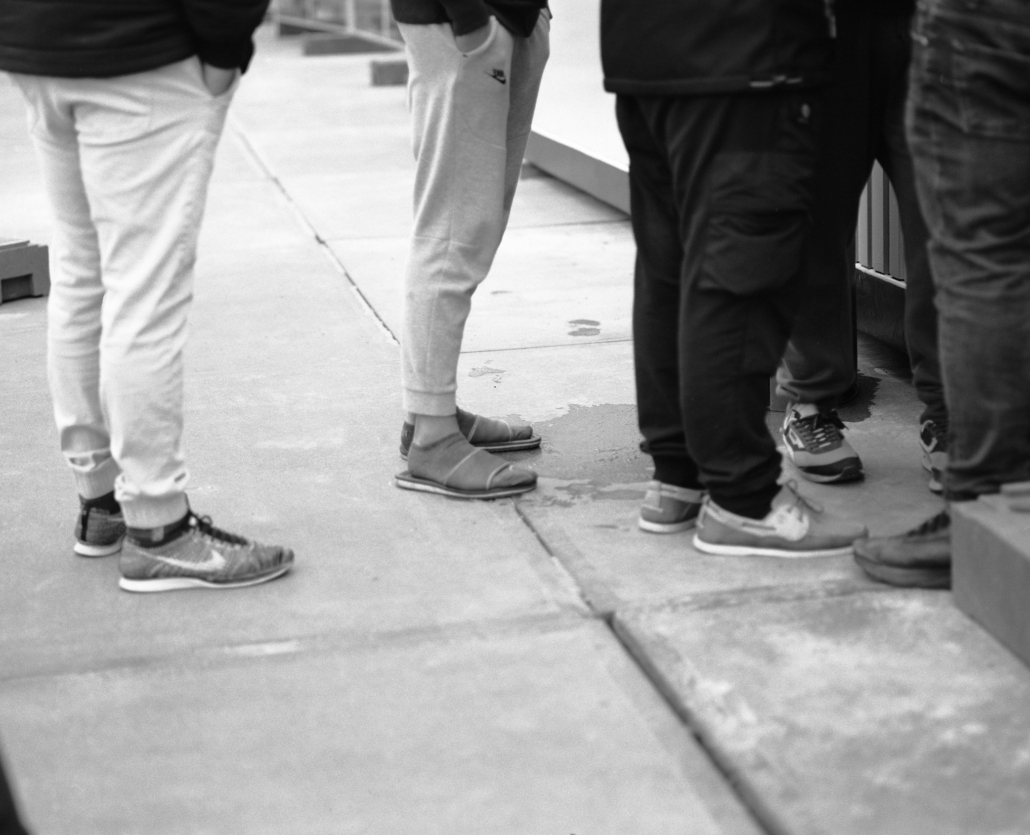
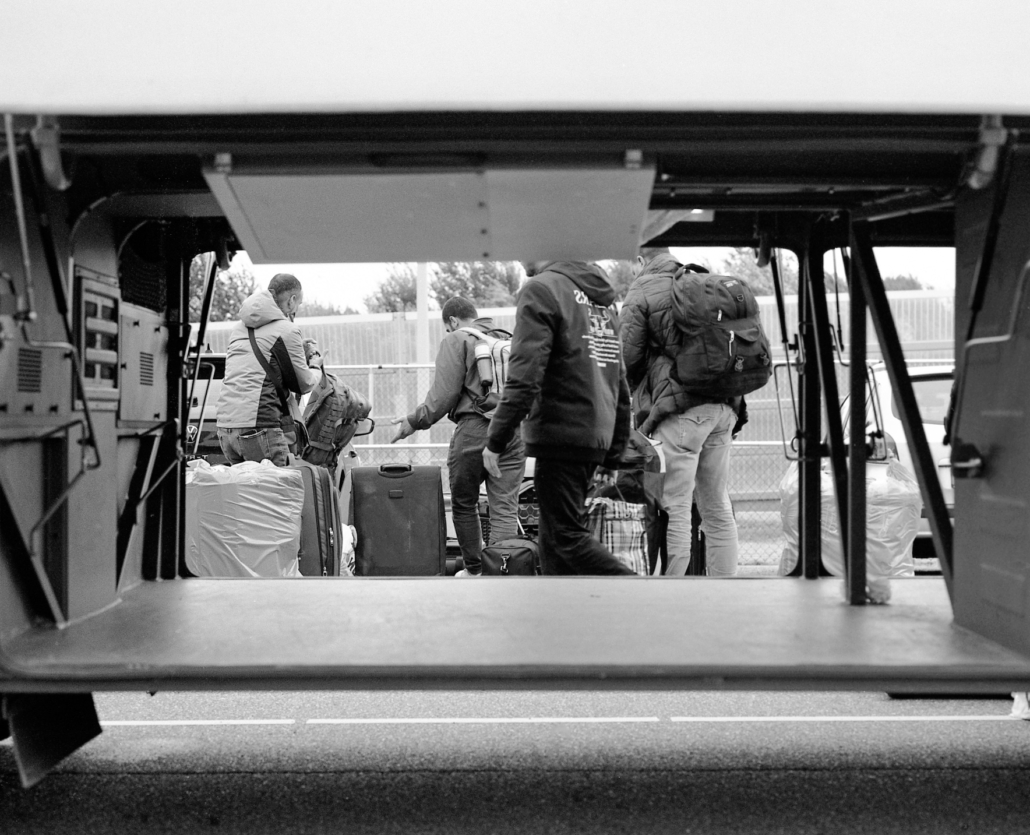
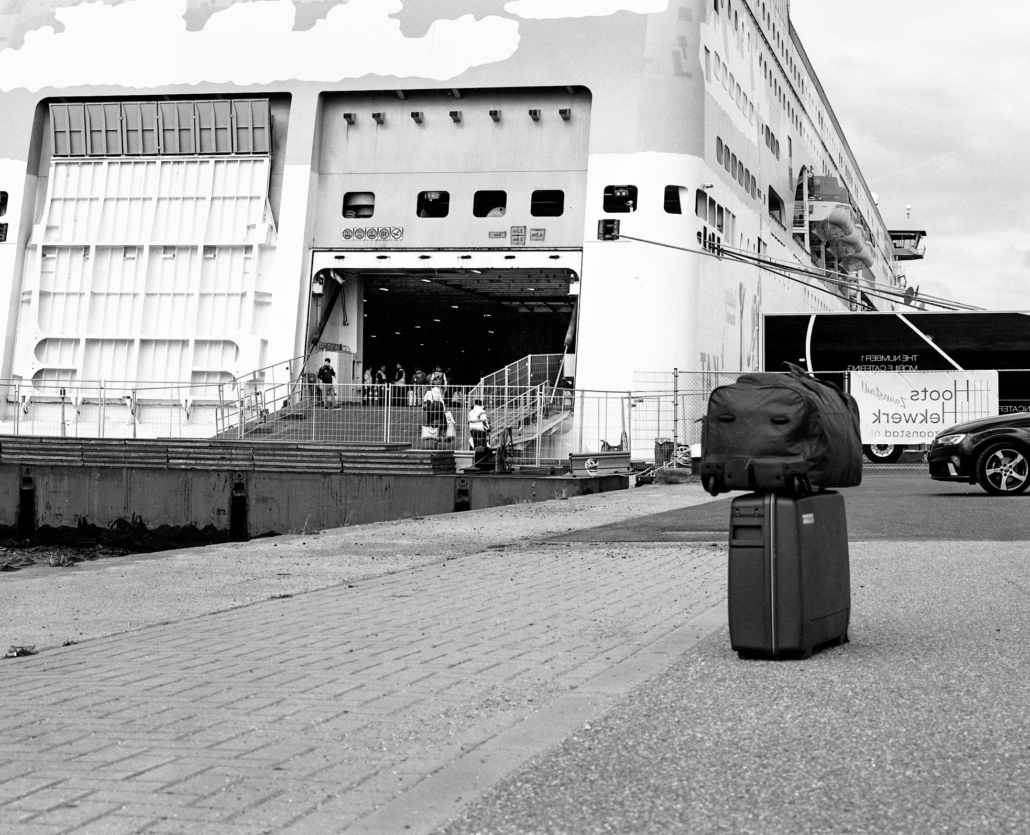
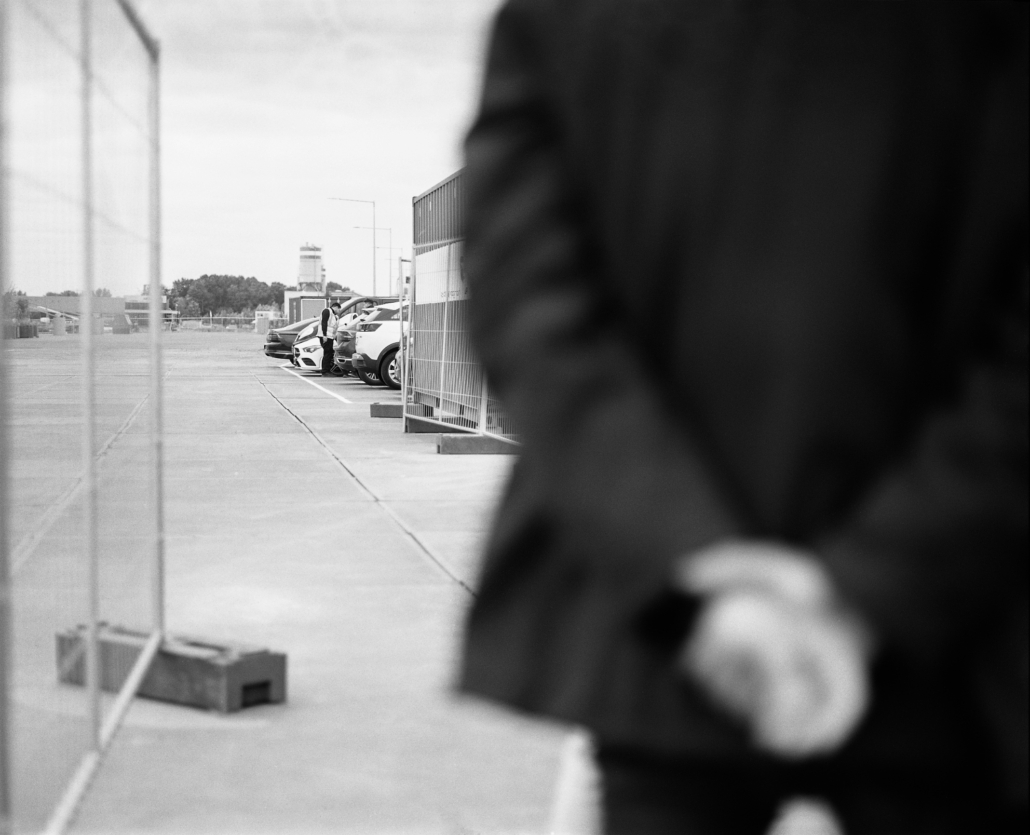
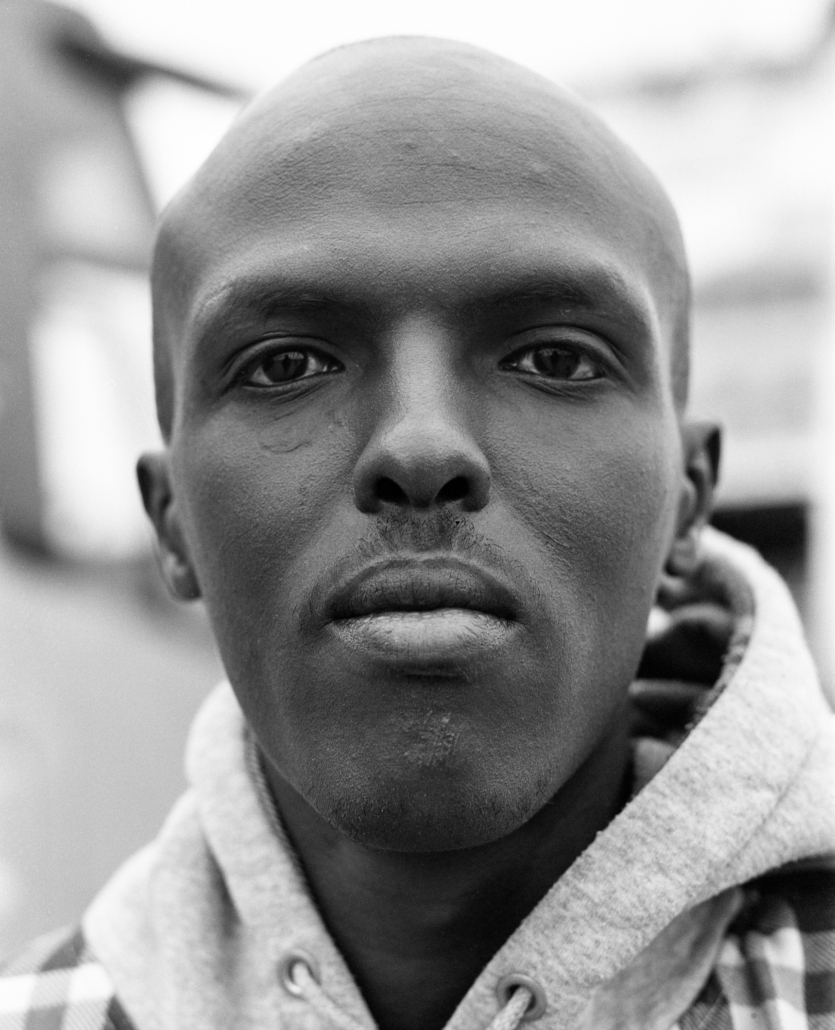
‘You have the right to seek asylum in another country if you are persecuted in your own’ by Jamie Smith
The lack of political will & limited logistical solutions to housing migrants are resulting in inconspicuous temporary ones. As facilities close where are asylum seekers being moved and under what circumstances? Soon after the situation in Ter Apel reached a climax in late August 2022, news arose of migrants being moved to a number of cruise ships moored around Amsterdam. Moving migrants to these abstract locations limited their sense of community and autonomy.
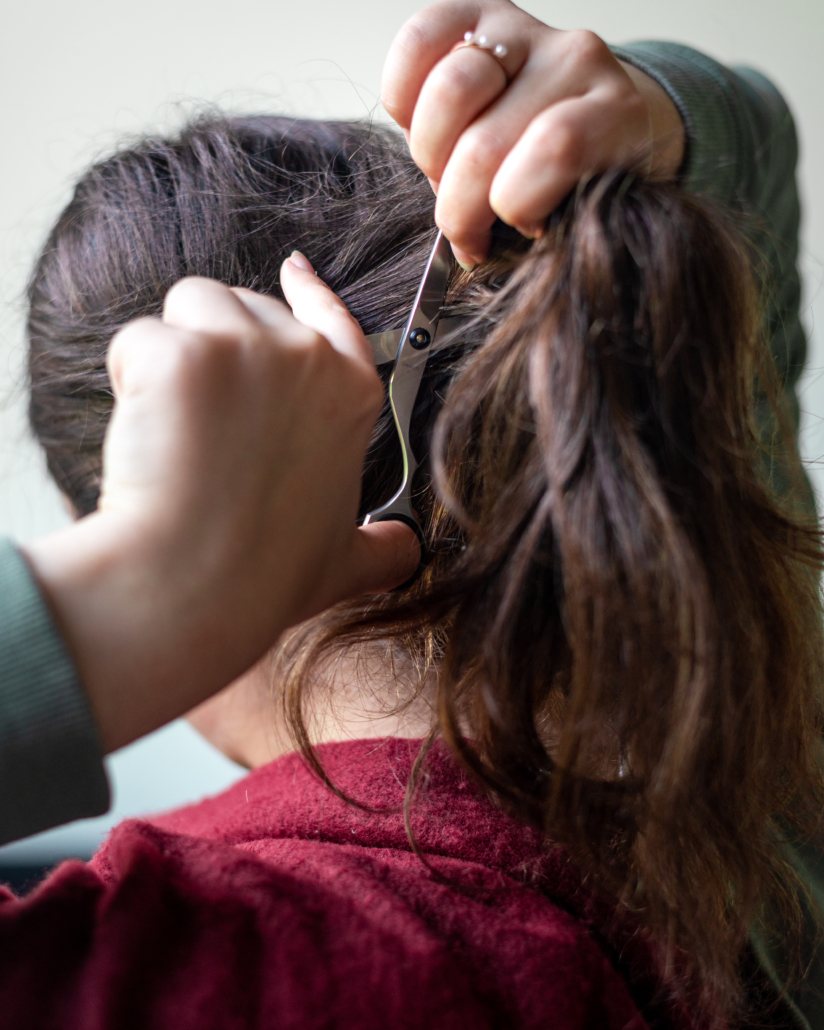

‘One, two, three, five, seven, nine, eleven, eighteen, nineteen, twenty, twenty- three, twenty- six’ by Lisa van der Berg
How many human rights can you violate? My roommate is half German, half Iranian. She told me that her Dad is there and about how everything is different this time. I want to show the distance and helplessness she feels, yet the pride and support she has for the people there fighting for human rights. The title stands for all the human right articles being violated in Iran right now.
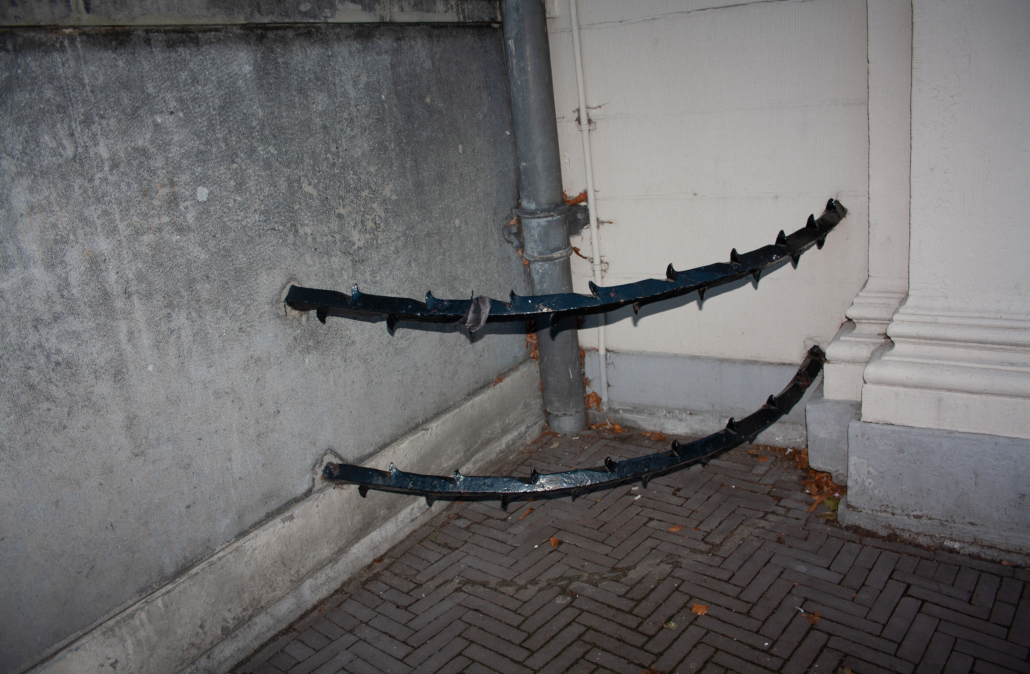
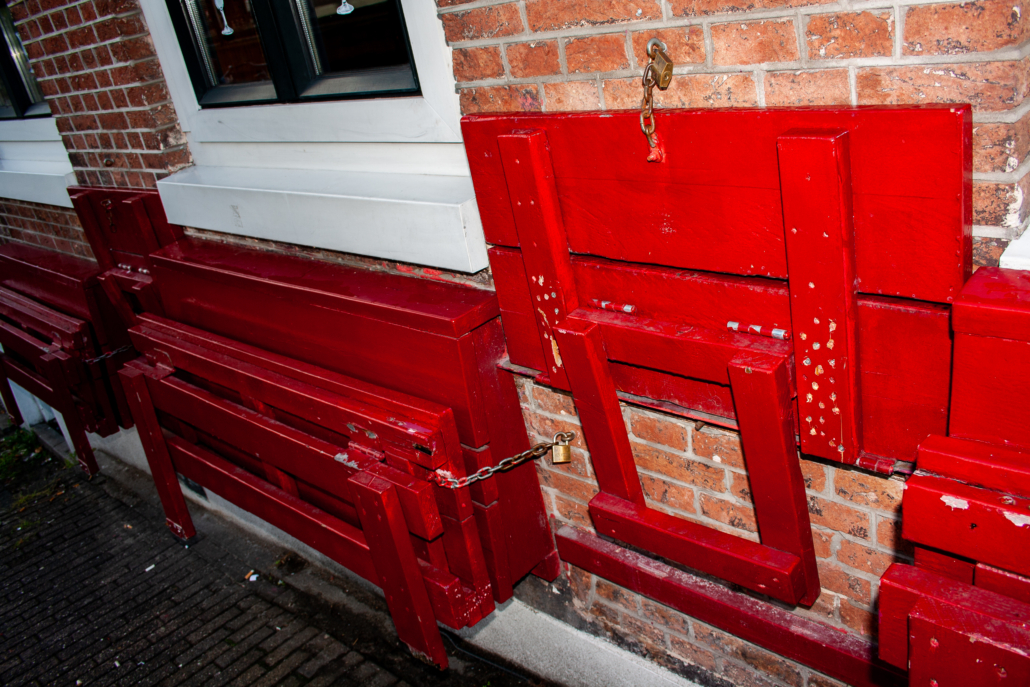

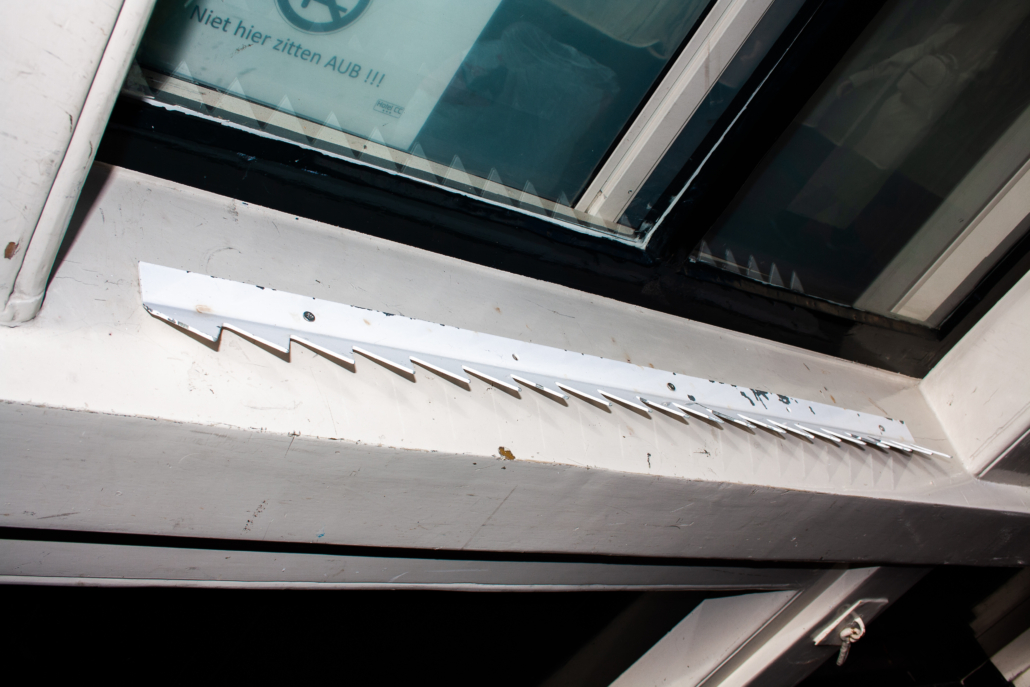
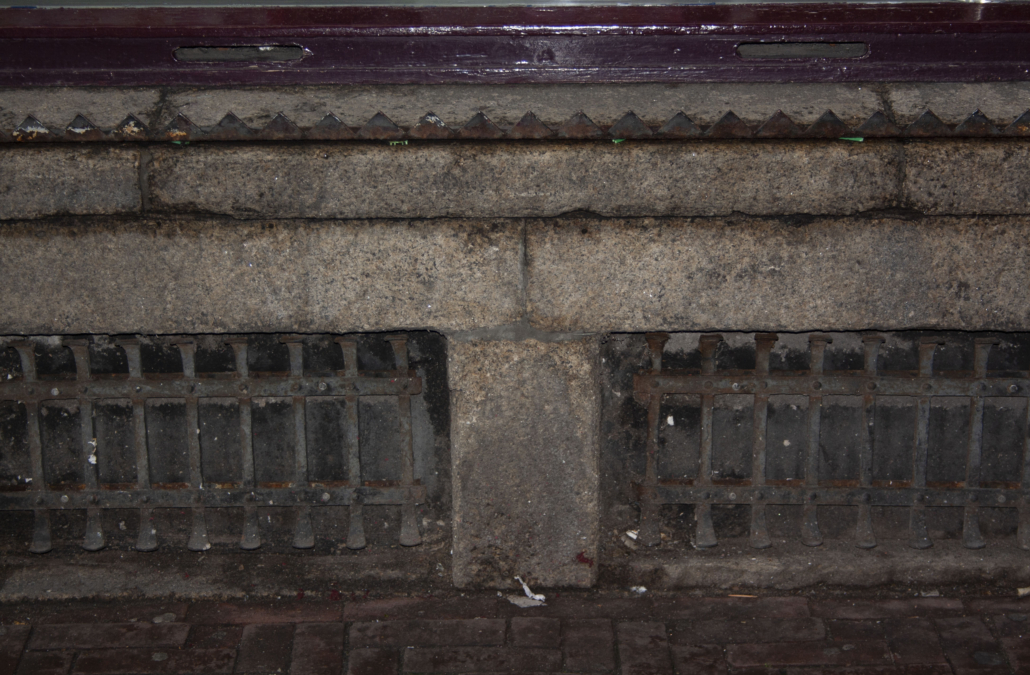
‘Sleep Tight’ by Pippa de Jong
Would you be able to notice the government trying to get rid of homeless people in the city?
Article 25 of the universal declaration of human rights states that everyone has the right to a standard of living adequate for the health and well-being of himself and of his family, including food, clothing, housing and medical care, but what happens when you need to survive a situation where none of these things are being provided for you?
The more attention you pay to the design of benches, window ledges, etc, the more you start to notice little additions that are meant to reject soft, human bodies.
I decided to document the different shapes of hostile architecture in The Hague and Amsterdam and I was shocked to discover the huge amount of anti-homeless architecture . I wanted to make my images resemble evidence pictures because in my opinion the government is committing a crime by not even allowing homeless people the “comfort” of a cold, hard bench. They are violating the human rights of homeless people by not protecting them and actively rejecting them from the city, like that is going to solve this crisis. By photographing hostile architecture I hope that the viewer starts noticing hostile architecture in their own surroundings and stops to think about the moral aspect of these seating areas.






‘Guilty Diaspora’ by Simaa Alsaigh
Why do children of immigrants feel guilty for having a good life in the West and Europe? As a child of immigrants I always say that I am lucky that my parents have decided to flee the war in Iraq and settled in Europe. The TV in my childhood home was always broadcasting the war happening in Iraq. Thus, from a young age I realized that I was privileged for the basic things in life. Freedom, safety and a simple moment like having a good coffee at a cafe. But with this life also comes guilt. The guilt that resides because I have it good and people back home are suffering, desperate to leave. They walk through countries to avoid their own. In this serie ‘Daily Life’ I reflect the feeling that I carry in my gut in the images that I have created and painted on. This work is from one child of diaspora to the children in a lost country.
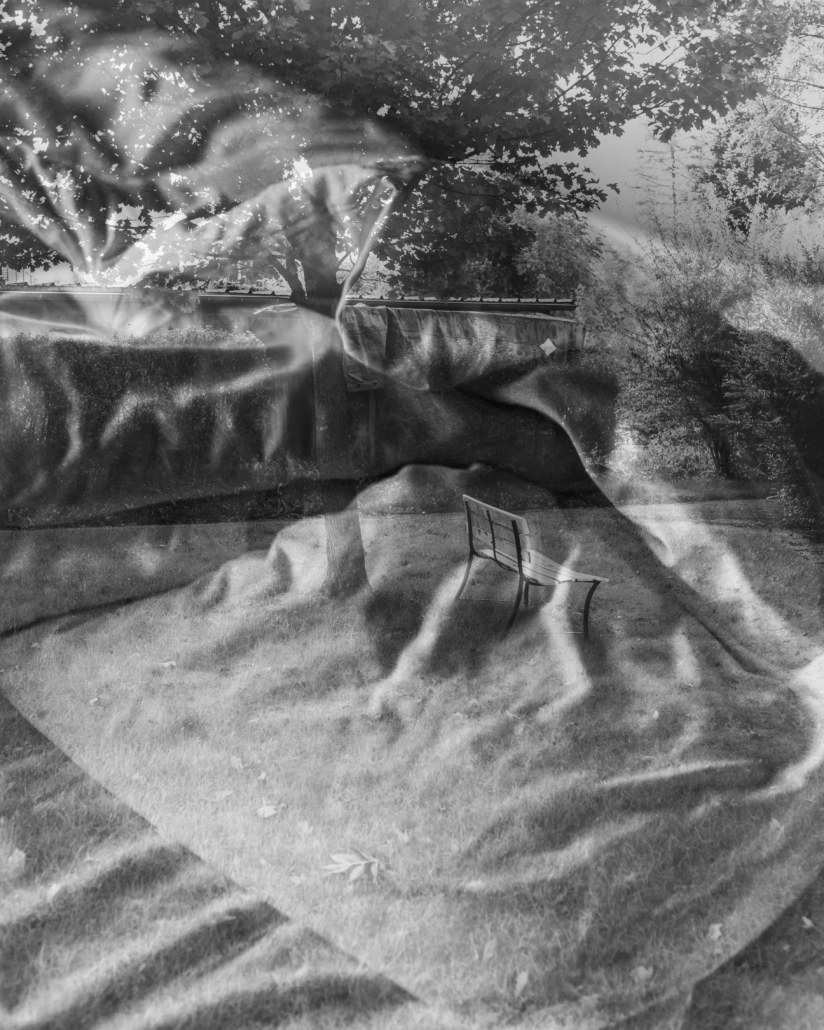
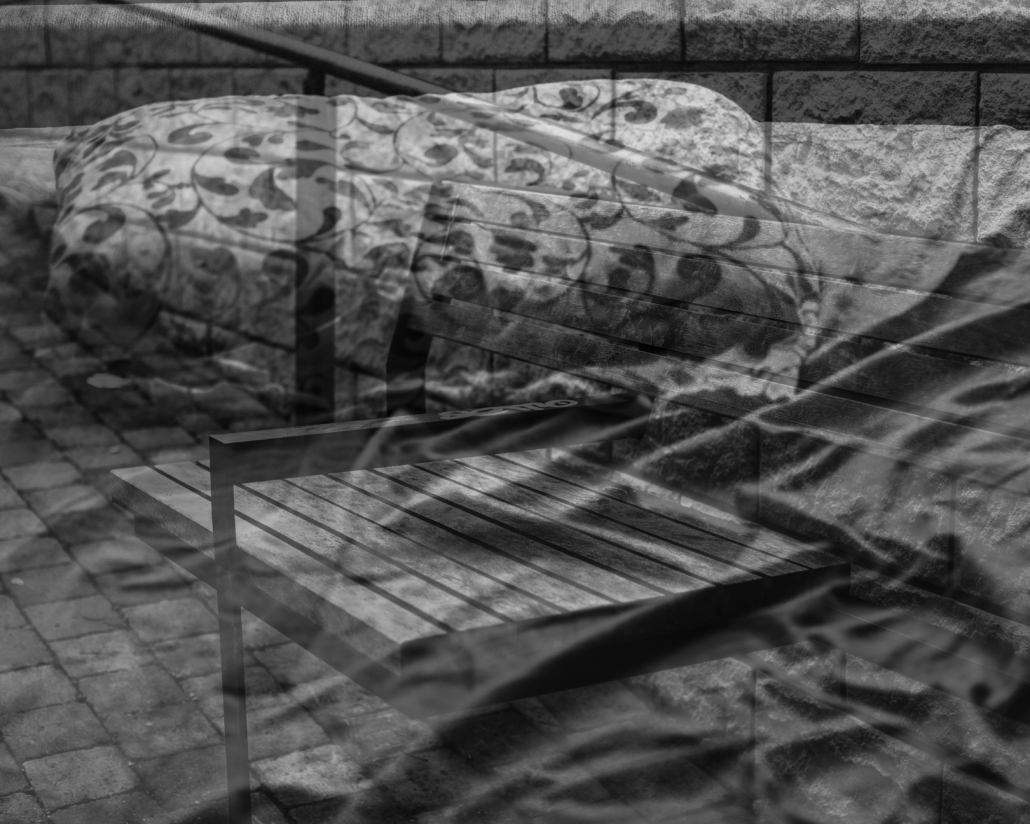
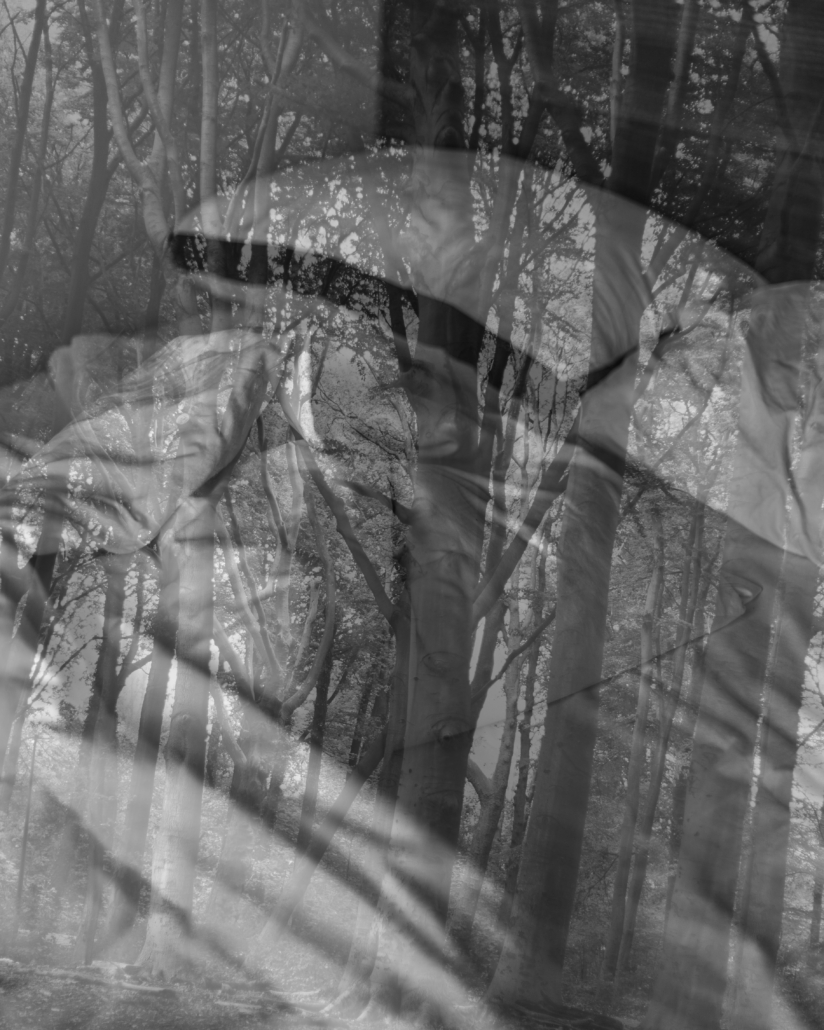
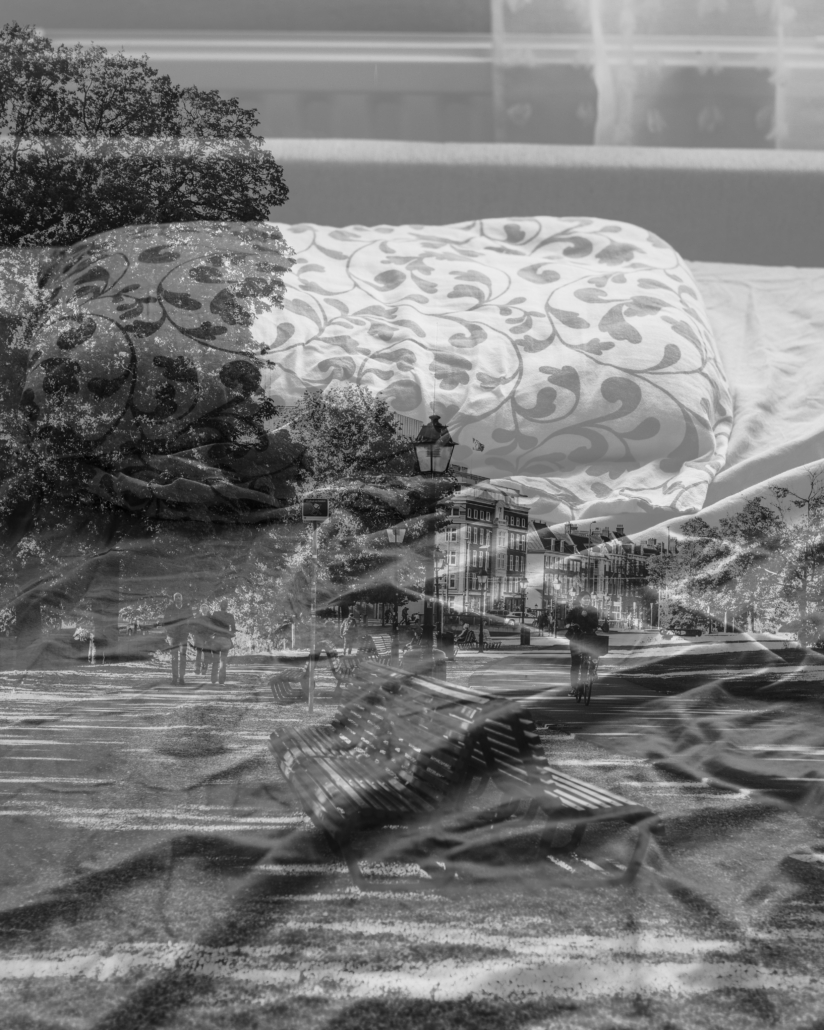
‘Get Some Rest’ by Tori McCrea
Where do we sleep at night? I’ve recently realized I that sadly something so simple like owning a bed is not an option for everyone. The right to have an adequate standard of living is not a given in today’s society. Walking through town I wanted to show what some people have to call their bed at night. Although this might not change the fact I hope it shines a little light on where and how some people have to “get some rest”.
